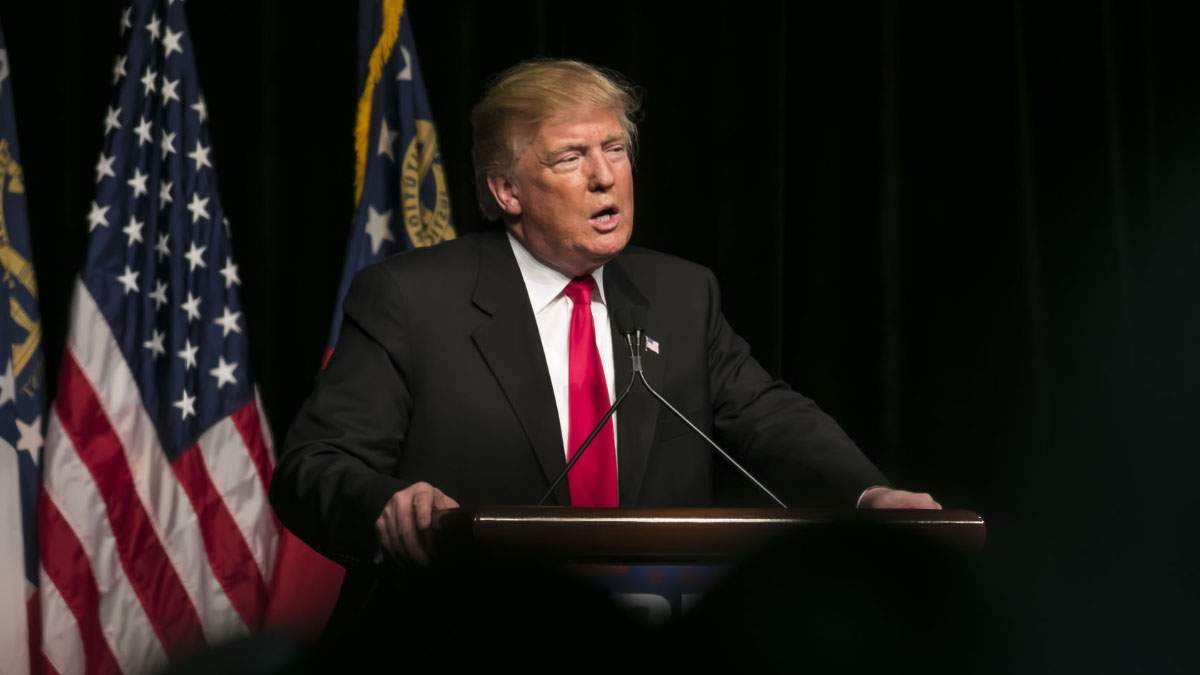Although the administration of President Donald Trump is still new to its duties and has been somewhat erratic with its foreign policy plans, a historic comparison with past presidents shows that while Trump is indeed shaking things up with a few key ideas, he’s largely following the usual route on international relations.
Leaving Russia’s meddling in the recent election aside for a moment, it should be noted that Trump’s long-running efforts to better relations with Russia are nothing new. Presidents Barack Obama and George W. Bush both attempted but failed to carry out resets with our Cold War enemy. Their efforts fell short because they refused to empathize with Russia’s intrinsically poor security situation.
Russia has been invaded across the North European Plain many times, including the Nazis’ catastrophic attack during World War II that cost millions of Russian civilian lives. And although the United States is half a world away, in the wake of the Cold War, it advanced a hostile NATO alliance to Russia’s borders and today still performs military maneuvers in Eastern European ally nations.
Russia is still weak and its meddling in Eastern Ukraine, including its annexation of Crimea, has primarily been aimed at keeping a vital country out of NATO.
While Trump may come across as more sympathetic than usual to Russia’s perspective and has called NATO “obsolete,” his vice president, secretary of defense, and secretary of homeland security all recently traveled to Europe to reiterate support for the alliance. While there, they reminded some of our wealthy allies of their financial obligations to the pact, something past administrations have failed to do.
That said, tough guy Trump needs to stiffen his spine and tell Russia bluntly and publicly that there will be hell to pay if it ever tries to meddle in American elections again. If China and other would-be meddlers hear the message too, even better.
In regards to immigration, while Trump’s travel ban seems to have been based on a wildly exaggerated threat of terrorism, his plans to deport illegal immigrants en masse follow in the footsteps of Obama, whose administration did more than its fair share of deporting.
Even Trump’s proposed wall isn’t totally new. America’s southern border is already sporadically fenced in some locations along its extensive course.
Trump has talked about reversing Obama’s thawing of relations with Cuba and scrapping the international nuclear deal with Iran. But Michael Flynn, an anti-Iran hawk, is out as national security adviser, and Secretary of Defense James Mattis, though he takes a dim view of Iran, has supported living with the deal. The agreement, which will therefore probably survive, will delay an Iranian nuclear weapon for at least 10 to 15 years, a positive outcome for the entire world and particularly Iran’s primary adversaries—the Arab Gulf states and Israel.
The one area where significant change could occur is his ill-advised protectionist trade policies, a centerpiece of his campaign.
He has scrapped Obama’s Trans-Pacific Partnership, which would have further opened up trade with Asian nations but was politically dead even before Trump took office. In addition, he’s threatened to increase tariffs on Mexico, China and on U.S. companies that manufacture products overseas and send them back to U.S. shores.
Such initiatives could cause worldwide trade war, as did the 1930 Smoot-Hawley tariff during Herbert Hoover’s administration. The vast reduction in world trade caused by that measure, and adverse foreign reactions to it, deepened the Great Depression and helped cause the conditions leading to World War II. Hopefully, Trump’s rhetoric in this area will turn out to be mostly bluster.
In the end, Vice President Mike Pence, Secretary of Defense Mattis, Secretary of State Rex Tillerson, and Secretary of Homeland Security John Kelly will probably end up taming Trump’s foreign policy—for better or for worse.

















